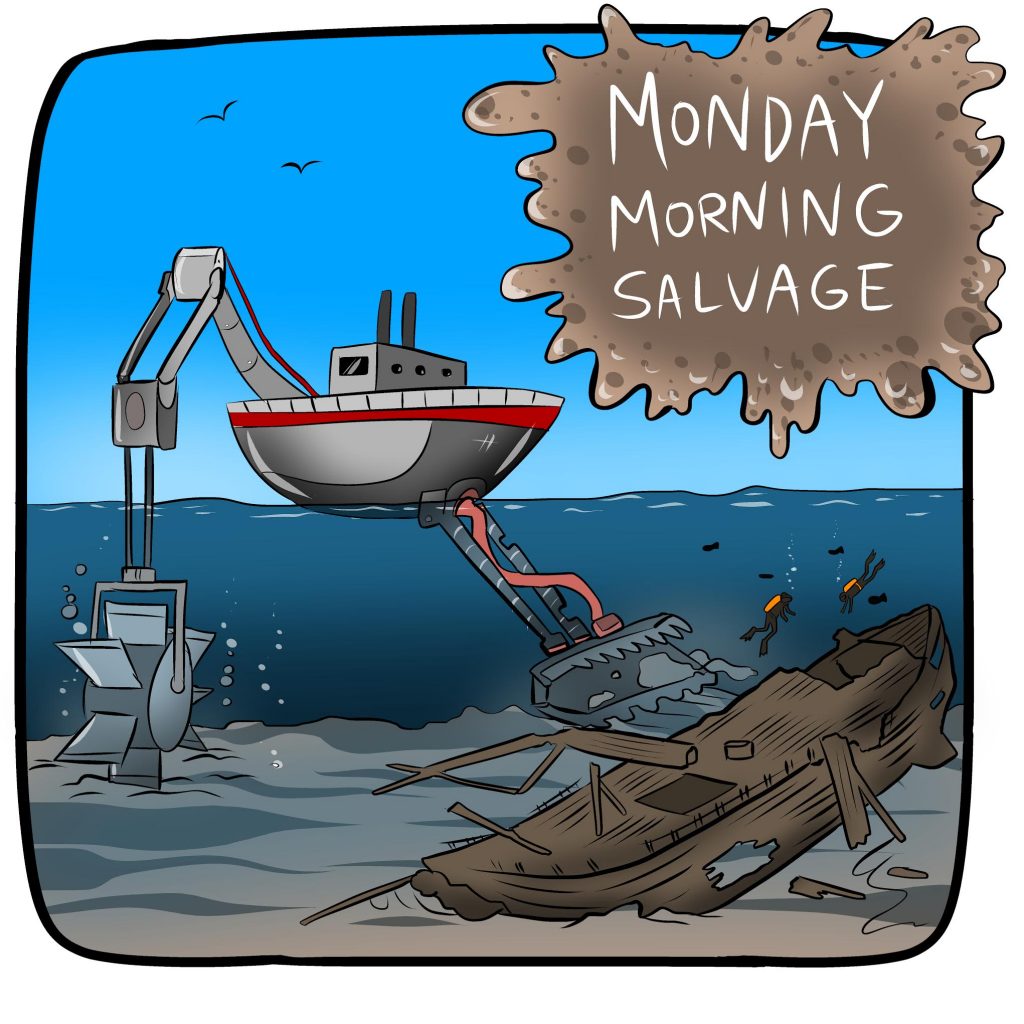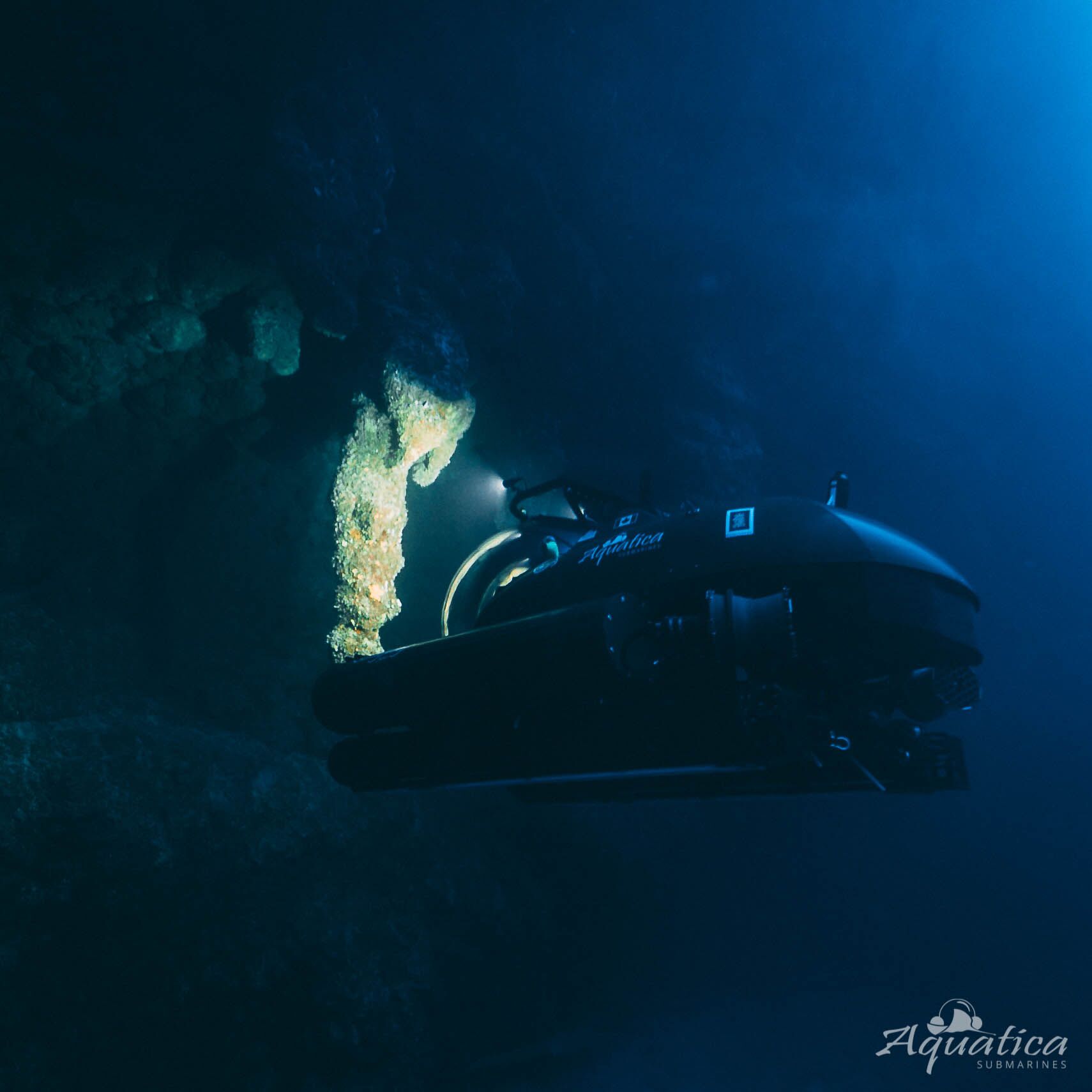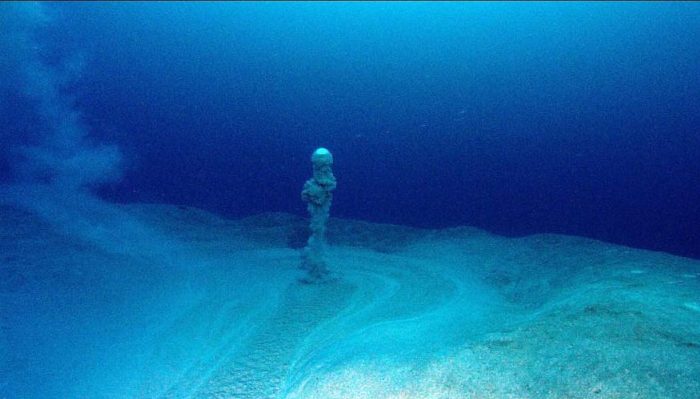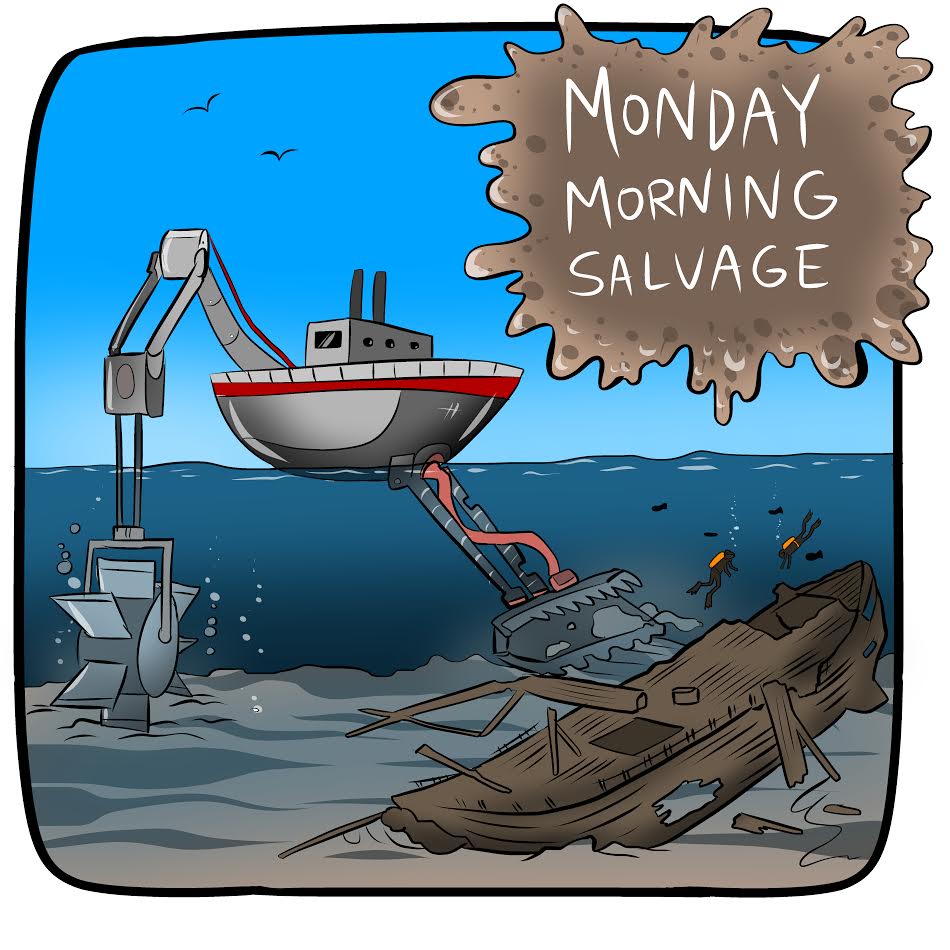
Foghorn (A Call to Action!)
- Last week was a huge week for deep-sea mining and there’s still more coming. Catch up on the latest!
Flotsam (what we’re obsessed with right now)
- Legendary submarine pilot Erika Bergman, a couple dudes, and a group of scientists make exciting discovery inside Great Blue Hole and What Erika Bergman, Richard Branson, Fabien Cousteau, and Aquatica Submarines Found In Belize’s Great Blue Hole.






